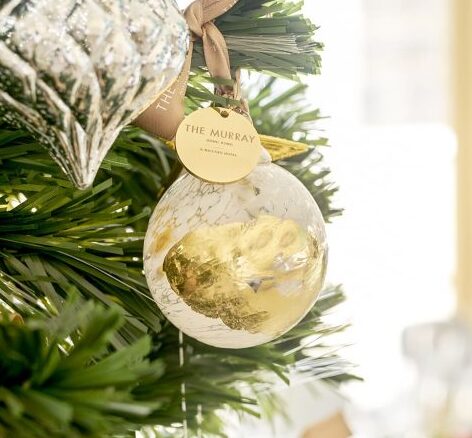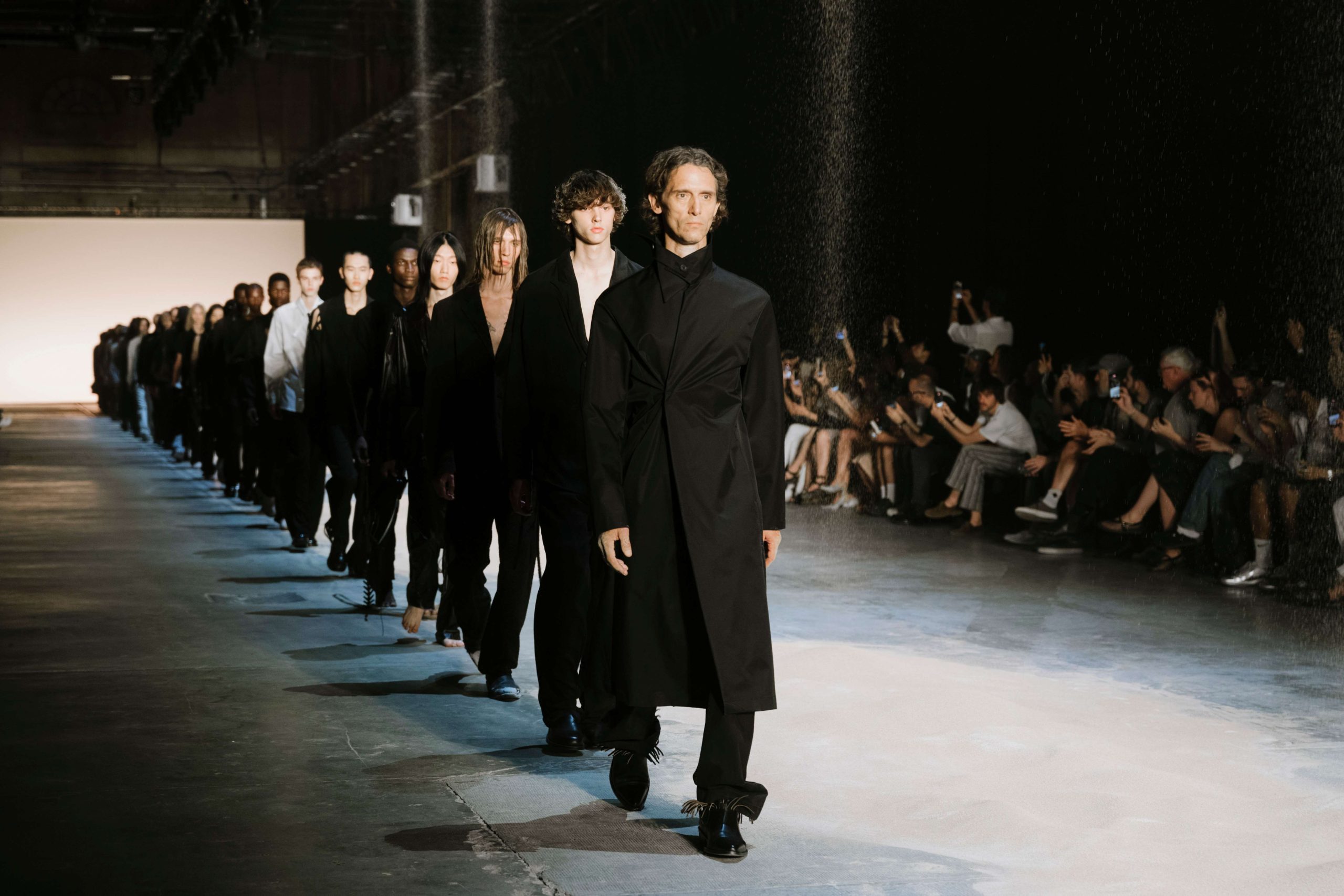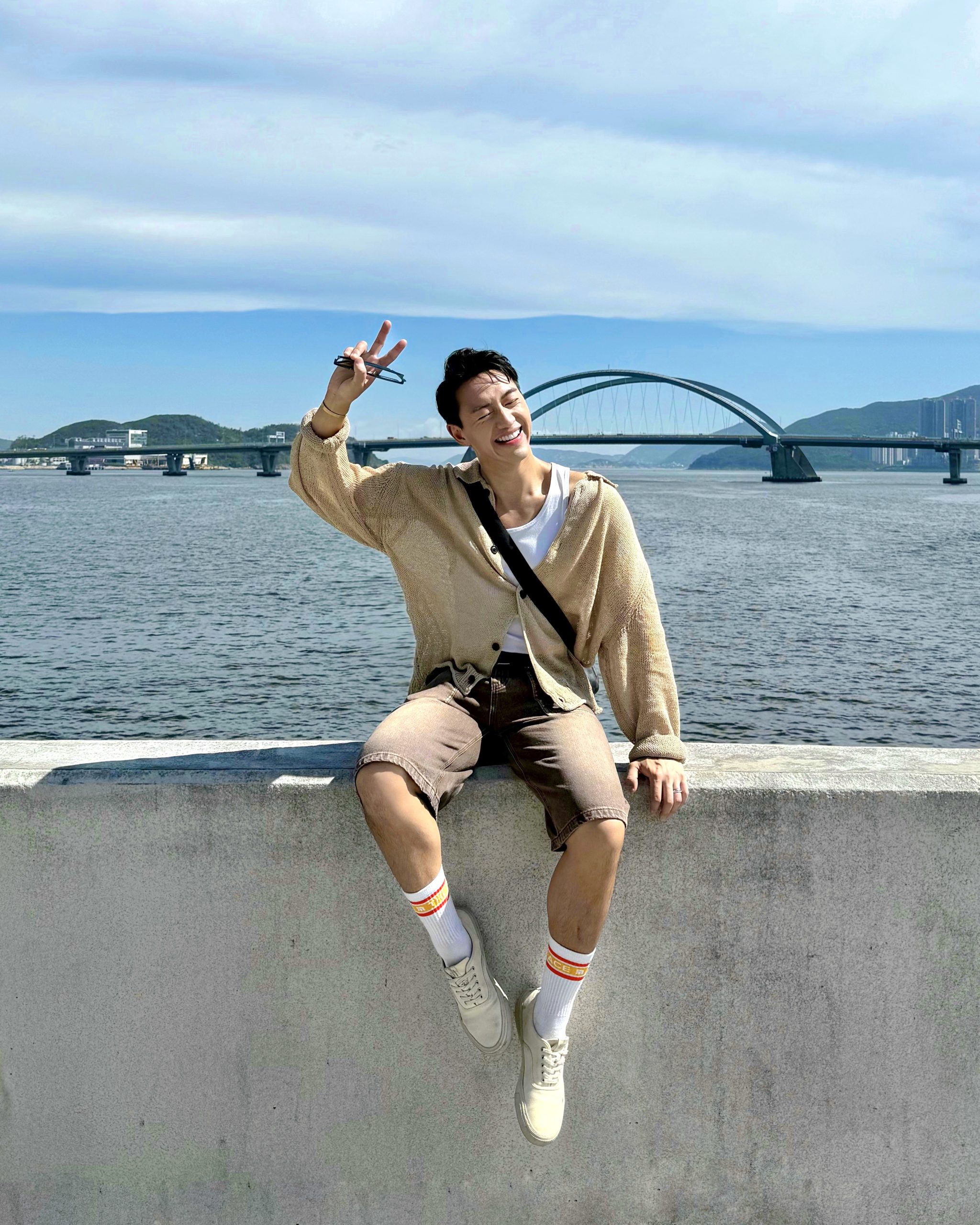Even two decades after opening, hush-hush hideaway Trisara continues to set the benchmark for what a luxury hotel should offer. Stephenie Gee reports
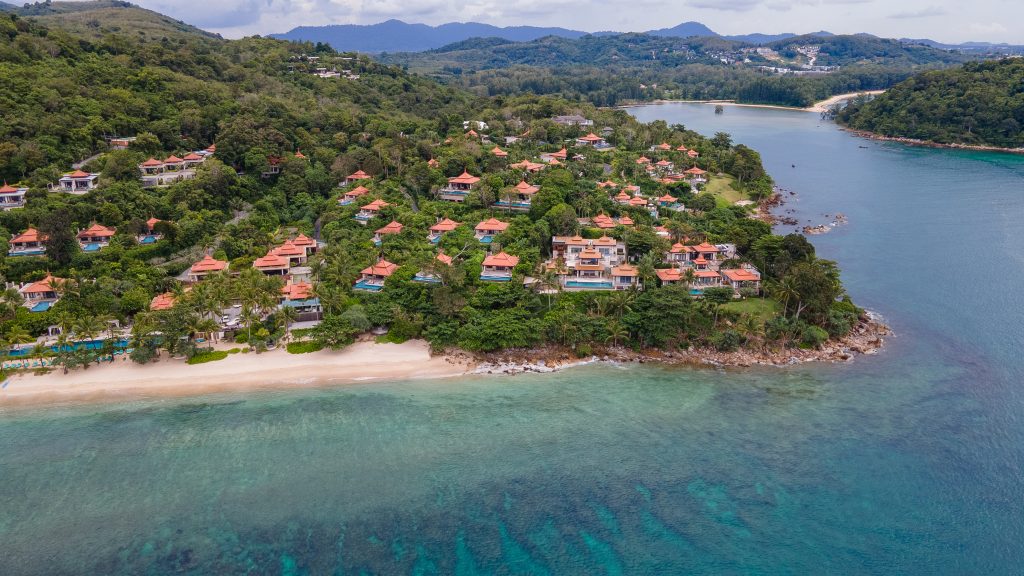
It’s mid-afternoon in Phuket and the sky is a piercing blue. In the shallows of the beach at Trisara, a lone heron stands poised on a rocky outcrop. Close by, soft waves break gently on the sand, leaving a few foamy bubbles and hermit crabs scuttling in its wake. Overhead, the strident calls of circling seabirds echo through the lush tangle of tropical coconut and fishtail palms. There’s not much else on this particular stretch of coast. There are no surfers. No sunseekers. There are no kitesurfers or jet skis roaring in the waves out front, and not a single other development visible on the blue-hued horizon. No music from blaster boxes, or the laughter of children. Only me and a peaceful horizon. This is prime toes-in-the-sand, do-nothing territory.
Since opening in 2004, Trisara, the flagship property of the homegrown Montara Hospitality Group, has redefined luxury in Phuket. While most properties skirt popular beaches, the resort – whose name translates to “the garden in the third heaven” in Sanskrit, referring to the tropical garden where the Buddha is said to have reached the third stage on the path to enlightenment – is far removed from the bustle that characterises much of Thailand’s most famous destination, set amid 40 acres of gently terraced hillsides on Phuket’s northwest coast. The hotel quickly became a favourite for holidaying A-listers – among them Mick Jagger, Kate Moss and Maroon 5 – seeking genuine seclusion. Even now, two decades after opening, Trisara feels blissfully cut off from the fray.
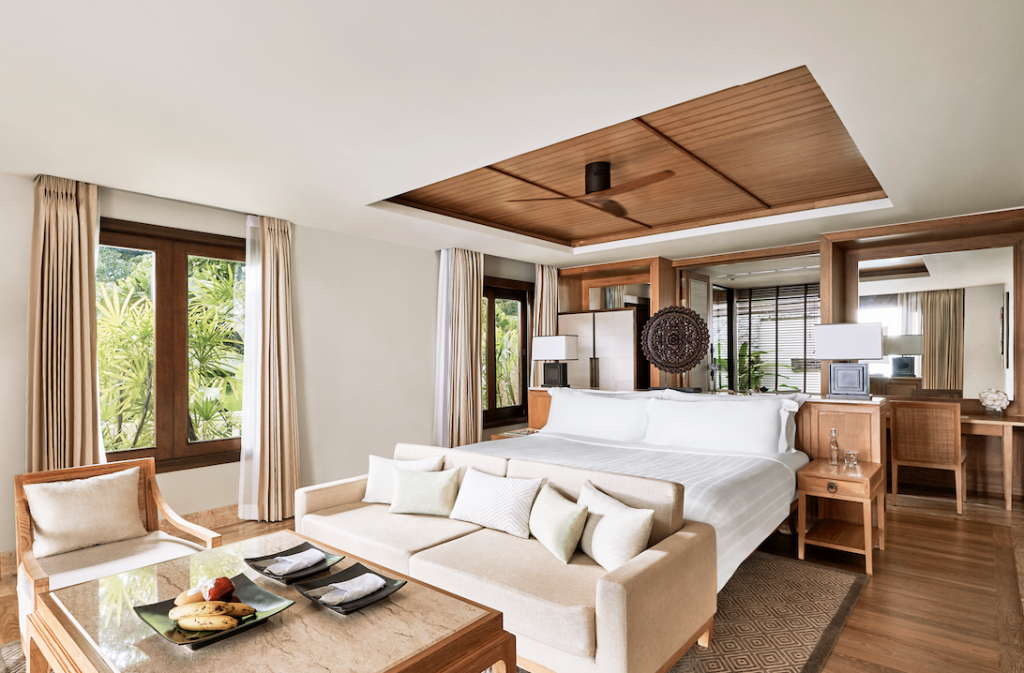
Discretion, allied with privacy and luxury, is the hallmark of this estate. And it begins with the accommodations. There’s no such thing as a bad room here – each of Trisara’s 39 suites and villas comes with its own dreamy infinity pool that seemingly blends into the azure waters of the Andaman Sea below. All are set back among a cocoon of tropical foliage that ensures an unbroken sense of seclusion. No matter how hard you try, you won’t catch a glimpse of another guest, and they won’t catch a glimpse of you.
Inside, the design is modern and calming: lots of beige, plenty of rich marble and honey-hued teak floors. Local touches come in the form of Northern Thai wood carvings, weathered earthenware jars from Chiang Mai and jewel-toned silks by Bangkok-based Jim Thompson. The spacious garden-facing bathroom is almost as big as the bedroom itself, with a dressing area, deep-soaking tub and his-and-her vanities. Crucially, the air conditioning is strong, with units fitted under the floor instead of in ceilings so as to eliminate ambient noise. And it works – each day I drift off and wake up to the sounds of the forest.
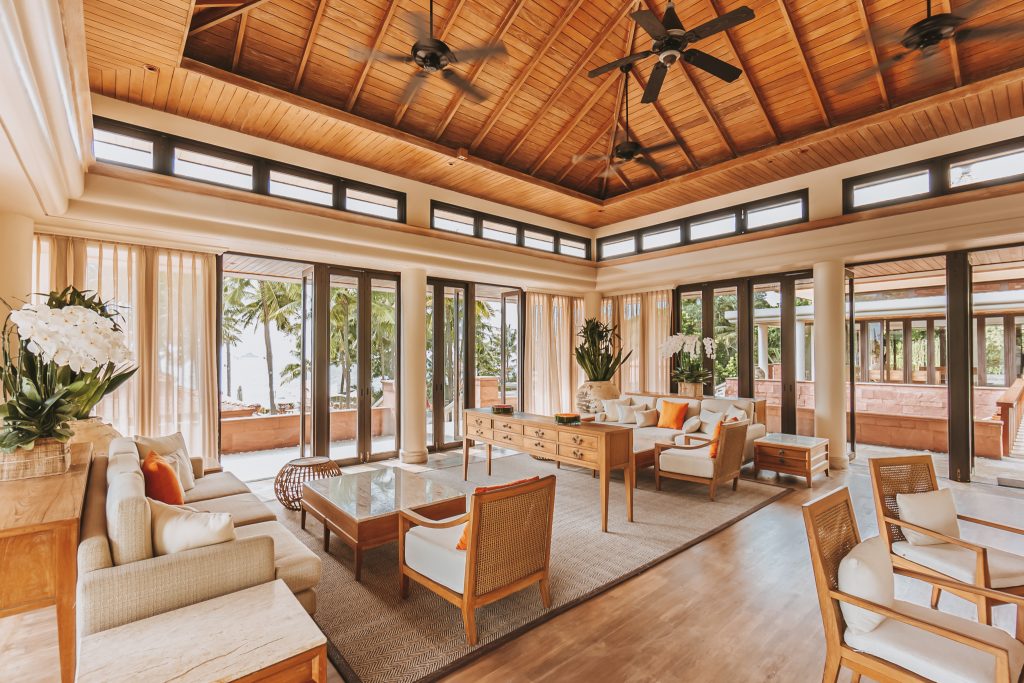
For larger crews, the resort has a dozen or so residences available. Ranging from two to eight bedrooms, these private homes are up for grabs when the owners aren’t around, and come with a dedicated team of staff who are available and on-call throughout your stay. The largest of the residences is Villa Sawan (“heaven” in Thai), an eight-bedroom resort within a resort with western-facing views, lush gardens, a home cinema, gym and spa, 25-metre pool overlooking the Andaman Sea and its own exclusive cove.
The plush, king-size bed is worth the extra snooze, but don’t miss breakfast. While Trisara continues to thrive on merit alone, the resort understands that staying relevant means continuing to evolve. Its recent culinary reinvention proves the point, with every dining venue thoughtfully redesigned and reimagined. Clustered around the palm-pinned piazza near the beach, the light-filled Cielo & Spice is one of the newest additions. Mornings here unfold with a wide spread of international favourites alongside local specialities like kai krata, Thai-style fried eggs with Chinese sausage and spring onion; khao niew moo ping, grilled pork skewer with sticky rice; and phad phak boong, stir-fried morning glory. The mango-topped French toast is especially excellent, enjoyed with a fresh coconut while taking in the scenic vistas through the floor-to-ceiling windows.
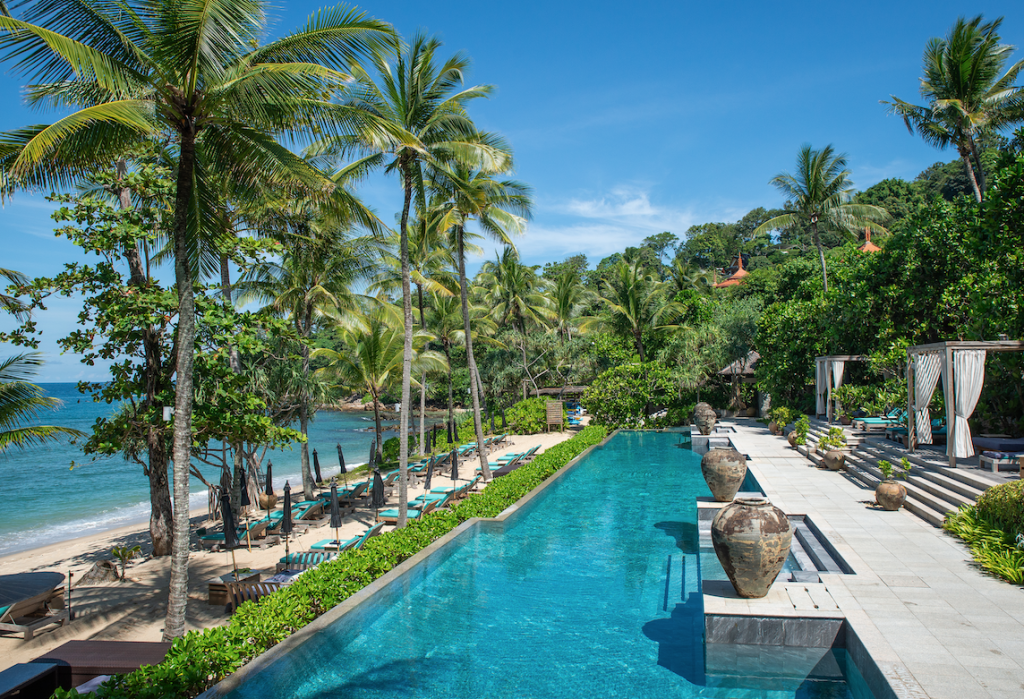
Most nights you’ll want dinner here too. Inspired by the Silk Road, signature dishes include river prawn fettuccine, mezze platters and tandoori chicken, though these are merely suggestions – guests can request, as we did, off-menu items and the team will happily deliver. They also do a lavish Sunday brunch, accompanied by live jazz, with oysters, lobsters, fish and shrimp aplenty. Just across, Thai Library celebrates time-honoured southern Thai recipes – lovingly passed down through generations and reimagined with the region’s finest seasonal ingredients and a contemporary, sustainable approach. Down by the resort’s 45-metre communal saltwater lap pool, there’s also La Crique, an air- conditioned glass box serving refined French cuisine with a focus on seafood. Noé on the Beach hits the spot with tropical cocktails and the type of comfort food you want to snack on during a lazy day at the beach; while the open-air bar 7.8° N, named for Phuket’s geographical coordinates, is the place for pre- and post-dinner drinks.
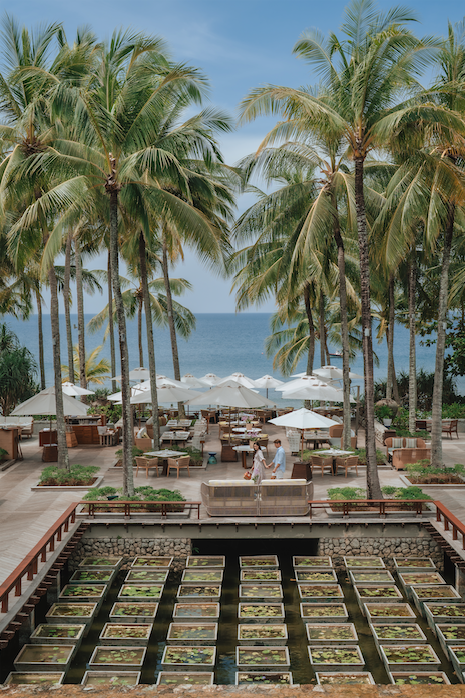
The pride of the resort is Pru, Phuket’s first – and only – restaurant honoured with both a Michelin star and a Michelin Green Star. Dutch chef Jimmy Ophorst’s menu is shaped by ingredients harvested and foraged from the restaurant’s own organic farm, Pru Jampa, and a culinary philosophy encapsulated in its eponymous “Plant, Raise, Understand” tagline. Think, carrot, cooked in the soil it came from in a ground pit with charcoal taken from the farm’s woods, served with a tangy hollandaise sauce made using fermented carrot juice and house- cured egg yolk; and black crab from Phang Nga, balanced with locally sourced fermented chickpeas, tea leaves and Thai basil, then finished with a double-infused green curry sauce and laksa leaf oil.
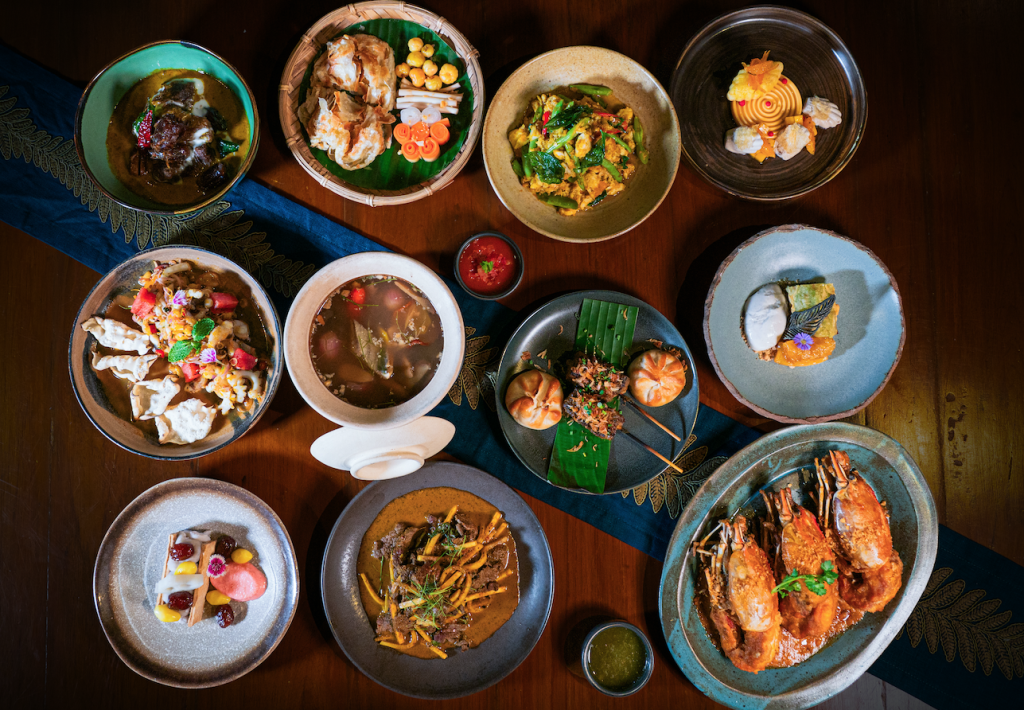
While not one of the on-site options, Pru’s sister Michelin Green Star restaurant Jampa – located just a few miles away in the nearby Tri Vananda farm and villa community also operated by Montara Hospitality Group – deserves a special mention. A pioneer in zero- waste, farm-to-table, live-fire cooking, Netherlands- born executive chef Rick Dingen serves up purposeful plates that change regularly, based on what is fresh at the farm, as well as from local farmers, growers and makers. When we visit in mid-July, there is coral trout and zucchini finished with a dashi broth and foam, drawn from mountain kombu, or gopala, from the mountains of Mae Hong Son; dry-aged pigeon breast and leg from Kanchanaburi, slow-cooked over pinewood then charcoal-grilled until tender, served with grilled young broccoli, sunflower seeds from Ratchaburi and pigeon jus; and ice cream made from toasted wild rice from Mae Hong Sorn, perched on a base of Nakhon Pathom rose apple and rich caramel, and crowned with puffed rice and stingless bee honey from the Pru Jampa farm for crunch.
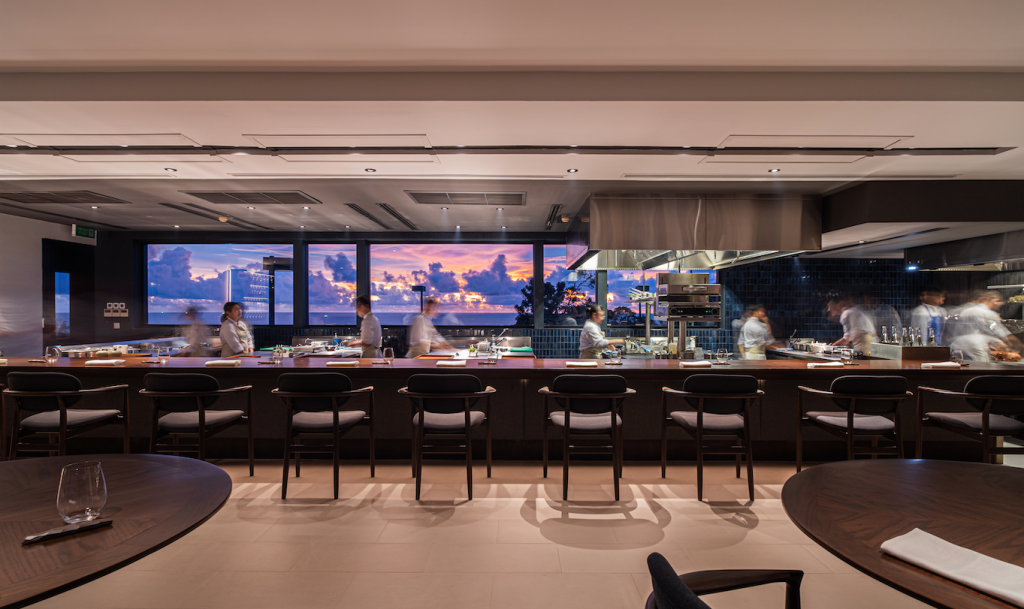
Our time is spent largely within Trisara. After all, there isn’t a whole lot to do in this corner of the island, but that’s exactly the point. Compared to Phuket’s tourist-thronged south, the resort’s perch in the little- visited northwest keeps the area blissfully quiet. Days start with sunrise yoga or muay Thai at the resort’s dedicated boxing ring, and then there’s nature gym, tennis, beachfront pilates and walking meditation sessions framed by the Andaman Sea’s ever-changing hues. But afternoons, as I’ve found, are most ideal for stealing away to Jara Spa for a signature treatment.
Based on a holistic five-pillar philosophy – root, trunk, branch, blossom and spirituality – inspired by the century-old Ficus tree that anchors the spa grounds, treatments here, ranging from quick jet-lag fixes to chakra-balancing sessions with tok sen hammer massages and compresses from homegrown herbs, are designed to collectively nourish, invigorate and heal. I plump for the Jara Oil Massage where a skilled therapist makes light work of stubborn knots and tense muscles through a series of long, fluid strokes.
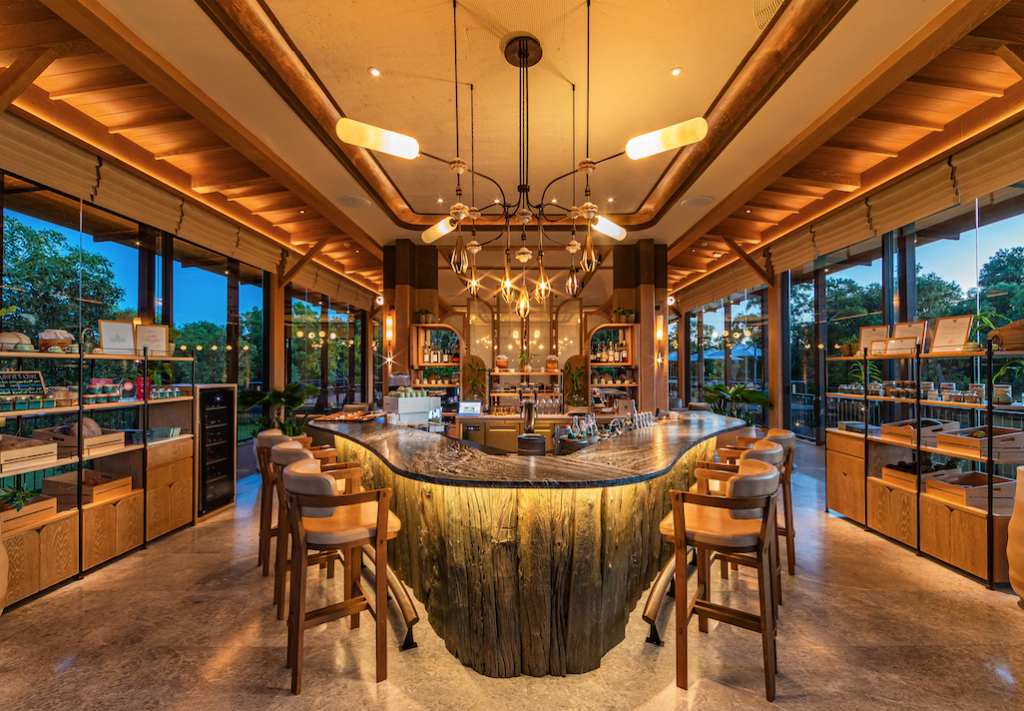
Regardless of what you’re looking to get out of your time on the island, the staff here makes sure you enjoy every moment. Service is friendly, chatty but never overbearing. From arrival I’m greeted by name and by day two they already remember my juice and tea preferences during meals.
On the morning of my last day, the staff gathers as I finish breakfast to wish me a safe journey home. I already want to come back, and not for any of the reasons I’ve wanted to return to a place before. I have eaten well, but not unusually so. I haven’t been awestruck by any art, architecture or view. I haven’t seen anyone living in a way that made me pleasurably jealous, nor am I going home with any astonishing trinkets. I have forsaken all the familiar forms of luxury for another kind, one that
is hard to name and probably harder to preserve.
Also see: Chef Nobu Matsuhisa on creating the Nobu brand, sushi mistakes, and memorable meals



